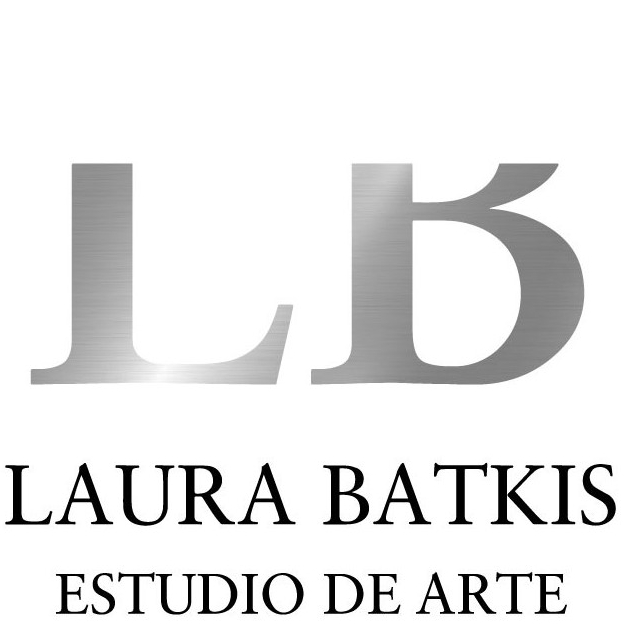La Nación
Why, what for
September 19, 2004.
Art collectives have precedents in the 1960s, with Fluxus and the social sculpture of Joseph Beuys. By working with actions in the street -performances or signage- art galleries and museums are avoided as the only legitimizing spaces. In 1960, Le Parc founded the GRAV with other artists. This group tried to modify the spectator’s relationship with the work of art through ludic actions.
In 1989, Escombros was formed in La Plata. The events of December 2001 provoke a reaction in the art world and self-managed collectives appear. Thus, Etcétera’s “escraches” or the actions of El Taller Popular de Serigrafía (The Popular Serigraphy Workshop) were born. Nautilius’s signs in La Cumbre (Córdoba) mark the distance between power groups and marginal sectors. Arde Arte and Eloísa Cartonera, which uses recycled material from cartoneros (people whose job is to collect paper and cardboard discarded by stores and households in urban centers for sale and recycling) to make publications, are also in this line. Duplus and Unac deal with theoretical production. Suscripción and Mondongo operate within the gallery-museum exhibition circuit. In Mar del Plata, MOTP is an art space self-managed by artists. Many creators opt for collective work as a form of team resistance to the helplessness of these violent times.
This kind of small chaos that is inseparable from all creative work reigns in the workshop. The air smells of sweet cookies and paint. But more like cookies. Juliana Laffitte, Agustina Picasso and Manuel Mendanha are working on the fragments of an infinite number of biscuit pieces that they are pasting on the portrait of a woman. The three artists were once easel painters. But everything changed when they became a collective, which they named Mondongo. Not only did they stop signing their names, they also put aside canvases and brushes, and started experimenting with other materials. That is what they are doing at the moment, applying cookies to a face enlarged from a digital photo. The game can also be brutal, as when they covered the image of the White House with pieces of meat. “That was tough: living for days with the pain and the look of the meat,” they say. Mondongo has a steady work system. Its members go to the workshop from Monday to Monday. They talk a lot, throw out ideas, work on them and let them sink in. They only get down to work when a project excites all three of them equally. After this, yes, they go all out.
The method led them to exhibitions in Argentina and Spain, a grant from the Fondo Nacional de las Artes and a commission to portray, in their particular way, nothing less than the Spanish monarchy.
BY LAURA BATKIS
